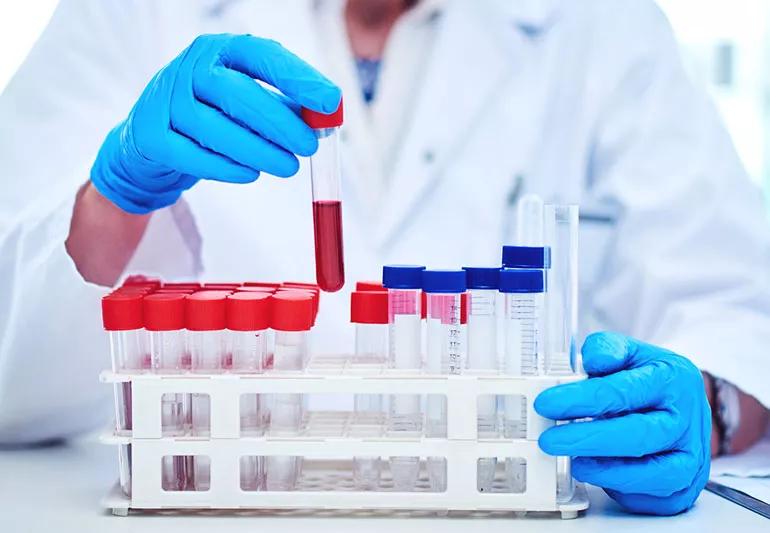Basic metabolic panel can point to diabetes, heart or kidney troubles

Your metabolism affects more than your girth, says family medicine physician Daniel Allan, MD. A basic metabolic panel (BMP) shows how well your body keeps all systems humming.
Advertisement
Cleveland Clinic is a non-profit academic medical center. Advertising on our site helps support our mission. We do not endorse non-Cleveland Clinic products or services. Policy
Here’s what you need to know about your BMP and what it measures:
Glucose is the type of sugar that your body uses for energy.
What’s normal: 70 to 99 mg/dL (after 8 to 12 hours of not eating).
Calcium is needed for many body functions, including building bones, heart function, muscle contraction and nerve signaling.
Electrolytes are minerals that maintain fluid levels and chemical balance in your body.
Blood urea nitrogen (BUN) is a waste product that kidneys filter out of your body.
Advertisement
Creatinine is a waste product that kidneys filter out of your body.
“Metabolism involves any way your body converts or uses energy,” says Dr. Allan. “That includes digestion, breathing, circulation, and functioning of your organs, muscles and nervous system.”
Your doctor can see how well your metabolism is working through your BMP. This blood test is like a scorecard for your kidney function, blood sugar levels and more. It can offer clues to help detect various diseases.
Don’t worry — abnormal results don’t necessarily mean you’re sick. Medication and other factors can affect your scores. Talk to your doctor about your test results. They will explain any areas of concern and help you determine next steps.
Advertisement
Learn more about our editorial process.
Advertisement

The Galleri test can detect more than 50 kinds of cancer

A Q&A to prep for your fasting blood test

Successful weight loss takes a long-term commitment — build a healthy lifestyle you can stick with

If the area is bleeding a lot or the wound is near your face or genitals, you likely need a specialist’s care

Lots of things can activate the herpes simplex virus, from the common cold and cold weather to cracked skin and cosmetic procedures

Honey can help make a sore throat more bearable by tamping down inflammation and coating your throat

Internists see people 18 and over, while family medicine physicians can treat people of all ages — but from there, they have more similarities than differences

A combination of rest, fluids and over-the-counter medications can help you feel better fast

The best parenting style balances enforcing rules and showing plenty of love

Tips include cutting back on sugar, focusing on exercise and managing stress

It can be harder to let go when you’ve invested time, energy and emotions — but it might be the healthier choice long term